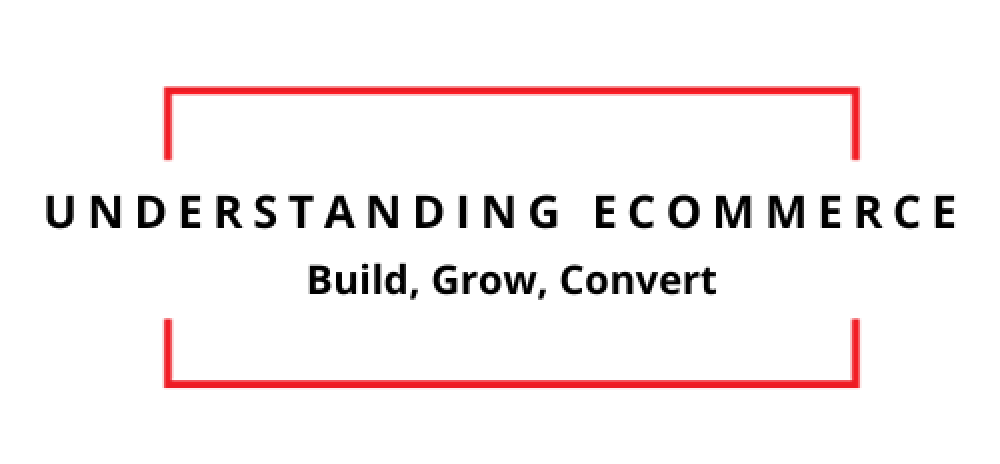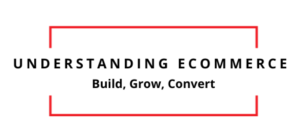Addressing the Elephant in the Room – Yes, We are Trying to Sell You Something
Alright, we’re gonna level with you. Yes, we’re here to sell you something. But before you hit the back button (we see you!), hear us out. We know the “sales pitch” can feel icky, but what if we offered valuable information alongside it?
Think of it like this: You walk into a bakery. (Because who doesn’t love a good bakery analogy?) You see rows of delicious pastries, but you’re not sure what to get. The friendly baker behind the counter doesn’t just try to shove a croissant in your hand (although a good croissant is tempting). They tell you about the buttery layers, the hint of sweetness, and how perfectly it pairs with their house-roasted coffee. Suddenly, that croissant sounds pretty darn good, right?
That’s our approach. We’ll share some insightful tips, answer your burning questions, and hopefully, by the end, you’ll see the value we have to offer – a value that might just make that “buy” button a little more tempting.
Here’s the deal: transparency is key. We’ll be upfront about what we’re selling, but we won’t just push features. We’ll show you how those features can solve a problem you might have or make your life a little easier.
So, buckle up and get ready for some informative content with a dash of sales sprinkled in. We promise it’ll be a tastier experience than a stale sales pitch. After all, who wants a stale croissant?
Now, let’s get down to the good stuff – those valuable tips we mentioned.
How to Write Content That Converts: A Guide to Turning Readers into Leads
In today’s digital age, content is king. But simply creating content isn’t enough. You need content that converts – content that grabs attention, engages readers, and ultimately drives them to take a desired action.
Whether your goal is generating leads, boosting sales, or increasing brand awareness, here are some key strategies to craft content that converts:
Know Your Audience:
Before you even start writing, it’s crucial to understand your target audience. Who are you trying to reach? What are their pain points and desires? What kind of content are they already consuming? By tailoring your content to their specific needs and interests, you’ll increase its relevance and resonate with them on a deeper level.
Craft Compelling Headlines:
Your headline is your first impression. It needs to be clear, concise, and attention-grabbing. Use strong verbs and keywords that pique readers’ curiosity and make them want to learn more.
Structure for Readability:
Nobody wants to slog through dense walls of text. Break up your content with subheadings, bullet points, images, and white space. This makes it easier for readers to scan, digest, and retain the information you’re presenting.
Write with Value in Mind:
Your content should provide value to your audience. Are you solving a problem? Educating them on a topic? Offering actionable tips? Focus on what your readers will gain from engaging with your content.
Embrace the Power of Storytelling:
People connect with stories. Use anecdotes, case studies, and real-life examples to illustrate your points and make your content more relatable.
Include a Call to Action (CTA):
Don’t leave your readers hanging. Tell them exactly what you want them to do next, whether it’s subscribing to your newsletter, downloading a white paper, or contacting you for a free consultation. Make your CTA clear, specific, and easy to follow.
Track and Analyze:
Content creation is an ongoing process. Once you’ve published your content, track its performance using website analytics tools. See what’s resonating with your audience and what’s falling flat. Use this data to refine your strategy and create even more effective content in the future.
Crafting Compelling Content: Strategies for Engagement and Conversion
In the digital age, creating content serves a definitive purpose, whether it’s to elevate brand visibility for a paying client or to engage and convert readers into customers, followers, or fans. By understanding the motivations behind content creation, businesses and individuals can better tailor their strategies to meet these goals. Below, we explore how to craft content that not only attracts attention but also drives action.
Understanding the Purpose of Your Content
At its core, content creation is driven by the desire to communicate a message to a specific audience. This might be to inform, persuade, or entertain. Businesses often engage in content creation to build brand awareness, positioning themselves as thought leaders in their industry. This strategic approach helps establish credibility and trust among potential customers, which is essential for any successful marketing strategy.
The Power of Engagement
Engaging content is the cornerstone of any effective digital marketing campaign. It’s not just about getting your audience to read your content but also about getting them to interact with it. This can be achieved through various means, such as compelling storytelling, relatable examples, and interactive elements like polls or quizzes. By engaging your audience, you increase the likelihood of them taking the action you desire, whether it’s making a purchase, signing up for a newsletter, or simply following your brand on social media.
Conversion: Turning Readers into Customers
The ultimate goal of many content creation efforts is conversion. This involves transforming casual readers into committed customers or followers. To do this effectively, your content must not only capture attention but also clearly articulate the value of your offerings. Use direct calls to action, such as “Buy now,” “Sign up today,” or “Follow us for more,” to guide your readers toward the next steps. Additionally, ensuring that your content is easily accessible and shareable can help amplify your reach and improve your conversion rates.
Tailoring Content to Audience Needs
To maximize the impact of your content, it’s crucial to understand your audience’s needs and preferences. This involves conducting market research, analyzing feedback, and staying updated on industry trends. Tailoring your content to meet the specific needs and pain points of your audience will make it more relevant and appealing to them, thereby increasing engagement and conversion opportunities.
Content that Doesn’t Suck
Effective content creation involves a strategic blend of engagement and conversion tactics. By focusing on the needs and preferences of your target audience and employing compelling storytelling and direct calls to action, you can enhance your content’s ability to convert readers into customers. Remember, the key to successful content creation is not just to inform but also to inspire and motivate your audience to engage with your brand.
By implementing these strategies, you can ensure that your content not only reaches a wide audience but also resonates deeply with them, encouraging loyalty and action. Whether you’re a business owner, marketer, or content creator, understanding these dynamics is essential for crafting content that not only attracts but also converts.
Follow us on LinkedIn – Build, Grow, Convert.

With over twenty years of experience, we’ve made a lot of mistakes, so you don’t have to. Leverage that knowledge to BUILD your business, GROW your brand awareness or thought leadership, and ultimately CONVERT followers into paying customers.


